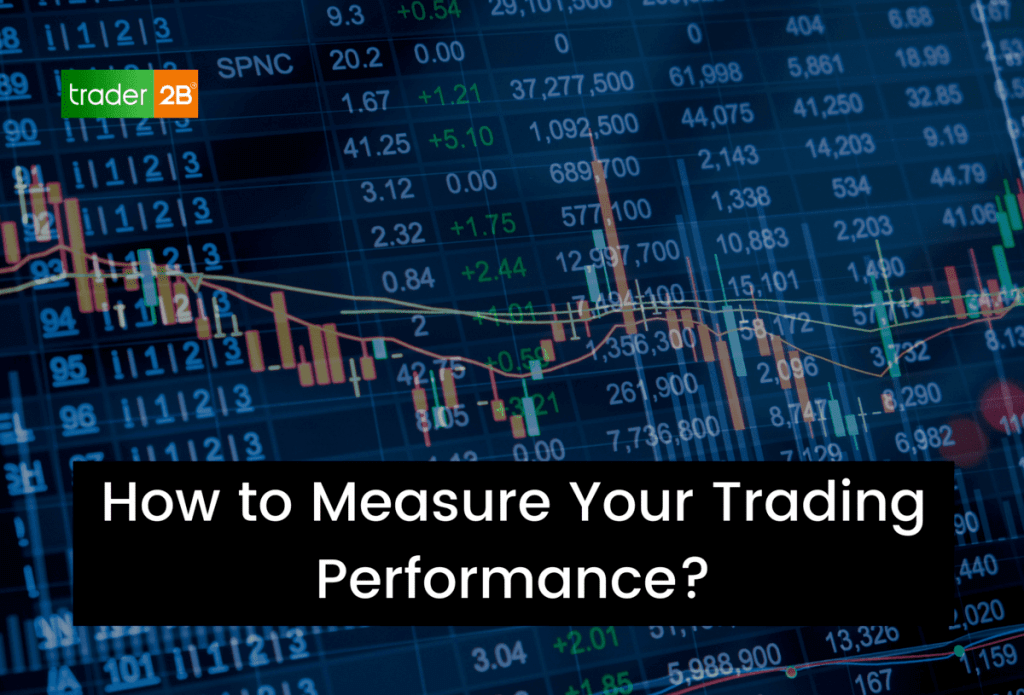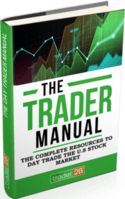Learning how to measure your trading performance is as important as learning how to trade the market. It helps you avoid costly mistakes and interpret trading results and risks. Most traders don’t understand how to convert their performance into meaningful metrics and this has an adverse effect on their profit margin.
If you understand your metric, you should also understand that metrics are not just interesting statistics. If you want to build and guide your trading strategy development, monitor trading outcomes and diagnose potential problems, then you should measure everything conceivable when trading.
Tracking Trading Performance
There are three basic measures of performance every funded trader should note when measuring your trading performance. From Rate-of-Return (RoR) to DrawDown, and Sharpe Ratios, these measures can get overwhelming especially for new traders. If you are a beginner, focusing on metrics such as Win Rate and absolute ROR can be deceiving. However, there are three significant measures of performance that can guide your trading process and trading outcome for a positive result.
Profit Factor:
Profit factors are determined based on closed trade-by-closed trade. Each trade ROR is calculated against total capital and plotted on a graph. If your PF is above 1.5, it’s good, above 2.5 is excellent and above 3.5 is world-class. Your Profit Factor can be plotted and measured using multiple time frames from the last “X” number of years to lifetime of trading.
Gain-to-Pain-Ratio
The GtPR can be determined using either the monthly ROR or the trade-by-trade ROR results. The Gain-to-Pain Ratio calculation is similar to that of the Profit Factor, however, the numerator is the sum of both trades or months, depending on the monthly or trade-by-trade RORs used.
GtPR measures the amount of pain required to reach some level of profitability. A good GtPR should be maintained for the last three-five-year periods. A GtPR above 1.0 is good, above 2.0 is excellent and above 3.0 is world-class.
Closed Trade NAV CURVE
If your primary goal is to cut losses quickly, then you have to watch this curve. A curve that is plotted daily, weekly or monthly and includes open equity shows greater volatility.
Measuring your KPI
Because the trading market is extremely volatile, it is important to take note of KPI. To keep track of your trading performance, and make a profit in your trade, your focus should be to buy low and sell high.
To improve your Trading performance, monitor these factors:
Time: Your trade time is equal to your trade profit. Your wrong timing is the reason your trade isn’t successful yet. Discover the best trading time for your currency pair and watch your profit boom.
Currency pair: Not all currency pair well in the market. Not all currencies work well under the same market conditions. You need to know which pairs are more profitable and which aren’t. Combine a good pair with the right timing and you can maximize your trading performance.
Indicator index: This helps you determine the strength of trends and gives you a better understanding of your trading signals and strategy.
Also read: Golfing Psychology Strategies to Help You Day Trade
Strategy for Trading Performance
Successful traders depend on strategies capable of increasing trading opportunities across various markets and market conditions. Because market conditions can be unpredictable, your trading system adaptability might not be efficient all the time.
Here’s how to evaluate your trading strategy:
Weigh the decision first
The most important step to evaluating your trading performance and strategy is to determine if you need to change your pattern in the first place. Get enough sample data and compare your performance. Be patient with your strategy, give it time and weigh your performance before deciding to change your strategy.
A good trading system must be versatile. it must consider all market conditions whether favourable or unfavourable. The last thing you want to be is a system hopper. Changing from one system to the other won’t give you time to plan and utilize your strategy efficiently.
Tweak or Overhaul?
If your trading performance no longer tallies with your past data, then you may have to alter it. However, you have to determine the level of alteration, would it be a slight tweak, a recalibration, or a complete overhaul. If your indicator no longer serves its purpose check if it’s faulty.
Taking a system apart is not an easy task and can be exceedingly tricky. Whether you are overhaul or altering. The trick to ensuring an effective strategy is to identify the weakness and strengths of each system component and observe the potentials and effects of each move.
Evaluate and Think
It’s okay to tweak your trading strategy for effective trading performance, but periodic evaluations are also important. Just like the world is imperfect the market is also imperfect. The only way to measure the performance of your new strategy is to objectively track and evaluate.
Strategy planning also means thinking like a designer. Then the market changes, your style as the approach should change as well. When you think like a designer, it becomes easier to adapt to these changes.
Final Words on Trading Performance
Keeping track of your trading performance can be overwhelming because there’s a lot to balance. If you are looking for an easier way to keep track of your performance, then Sign Up Trading Account with trader2B and get a free trial.





